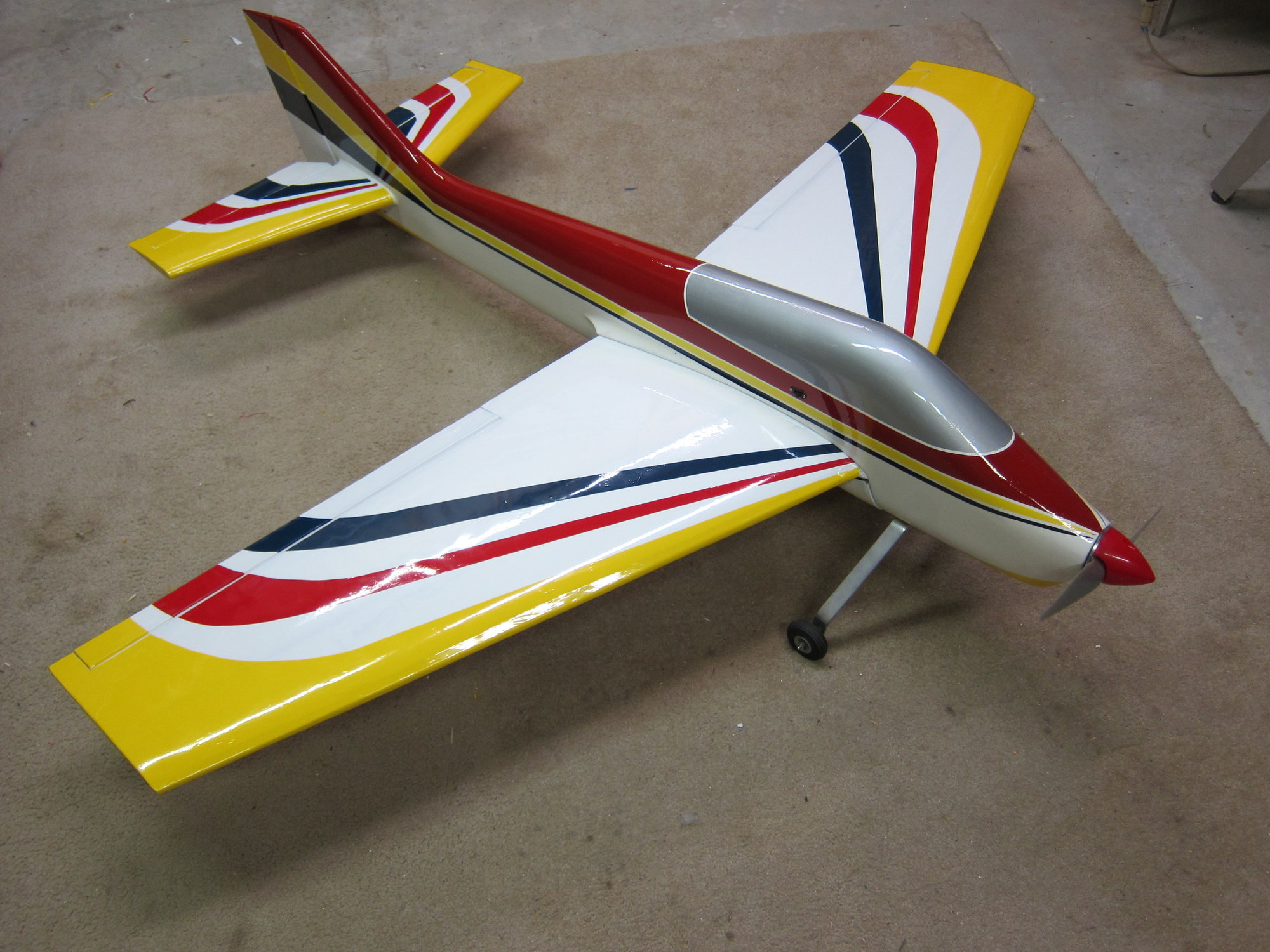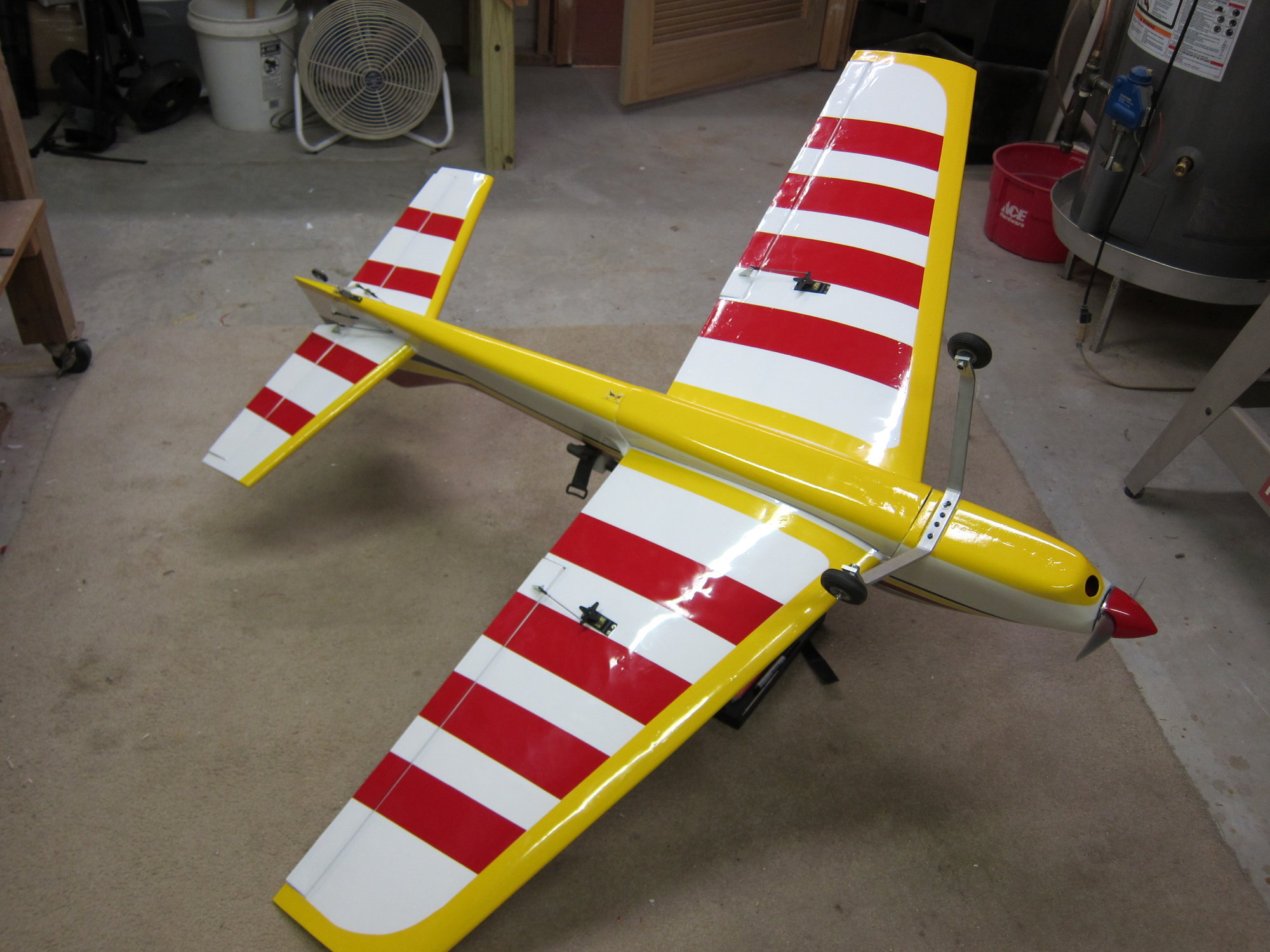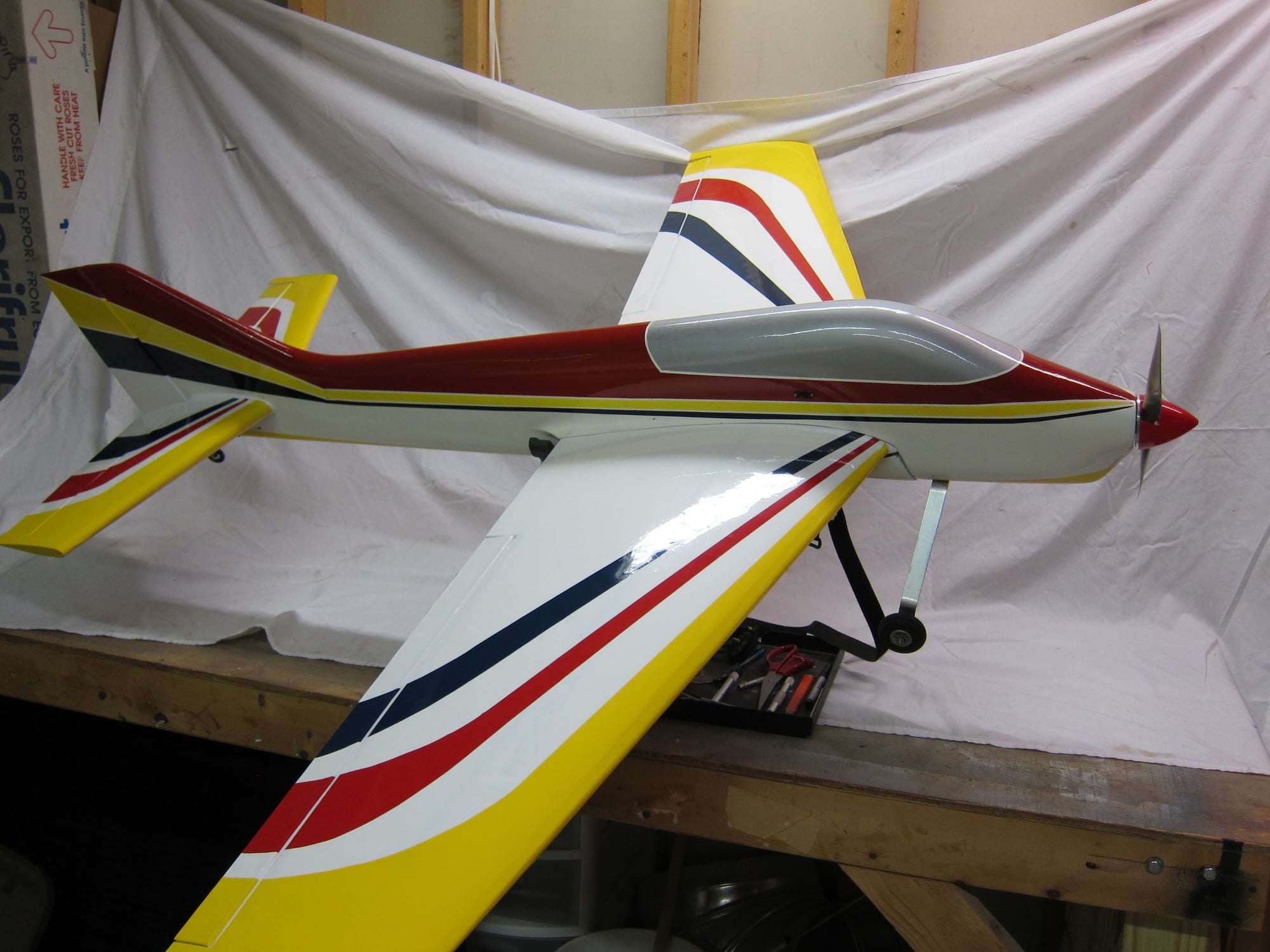Current 2m pattern planes are really ugly
The following users liked this post:
Jetdesign (11-07-2021)
#2

My Feedback: (121)
It is the result of 'form follows function'. F3A sequences drive the design approach and current maneuvers are very knife edge intensive, hence the large fuselages. Also, constant speed throughout the flight is part of the judging criteria and the big draggy fuselages help maintain constant speed. They fly really well, regardless of appearance.
The following users liked this post:
JoeVen (12-02-2021)
The following users liked this post:
Goodie_2_Shoes (02-05-2024)
#4

My Feedback: (121)
Agreed. There is nothing to prevent somebody from flying an older design which can still be competitive, especially in the lower classes. I have a 15 year old Astral XX with an OS140 which I can fly the Masters class sequence very respectably (probably competitively - I fly a lot). I don't think there is a pattern design from about 1970 on that I haven't been interested in and found appealing to at least some degree (though the Trigantic was a bit overwhelming when I first saw it).
#5
Agreed guys, all the people I hear saying that, either canīt or wonīt....... but, there are some really ugly ones lately. Love my Acuracy, Axiomes, Osmose,etc, those are beautiful ships among other designs which look spectacular. I really think it is a good era for F3A.....
#6

My Feedback: (5)
Then again, would you, if CD, turn away a guy who shows up with a Kaos? I have been out for a few years (since Hydout days) to concentrate on long distance cycling, but am considering entering a contest by rebuilding a Dave Patrick Conquest that has some hangar rash and may need an engine. Sure its competition, but it should be fun too. Then again, I have a slightly crashed Kaos and a NIB K&B .61. Since I am on 'over sixty' home lock down it may be a project to work on.
#7

My Feedback: (29)
Then again, would you, if CD, turn away a guy who shows up with a Kaos? I have been out for a few years (since Hydout days) to concentrate on long distance cycling, but am considering entering a contest by rebuilding a Dave Patrick Conquest that has some hangar rash and may need an engine. Sure its competition, but it should be fun too. Then again, I have a slightly crashed Kaos and a NIB K&B .61. Since I am on 'over sixty' home lock down it may be a project to work on.
My goal would be to make sure that your return to pattern is as enjoyable as possible because I want you to come back again, I want a new face in the group, somone to help, tell my stories to, listen to your stories, enjoy the laughter of our wives as they talk about us. It matters not to me one little bit what era of airplane you bring. The rule in sportsman is fly what you have. My reintroduction into pattern started 5 years ago when I flew a local contest with my 40% Extra. What matters most is that at the end of the weekend you leave having enjoyed yourself and made some new friends. You live in NSRCA district 7, a great group of guys that know how to have fun, it's not all about the airplanes.
#8

My Feedback: (5)
I flew a few contests in the late 90's, early '00's. A couple in Lancaster, one in Morgan Hill. A couple in Perris (Riverside) and Corona (Prado Dam.) The one in Riverside I won the novice event with a .40 sized Kaos. The last was in 2012 with a scratch built 8s electric I plan bashed form a Gator Giles.
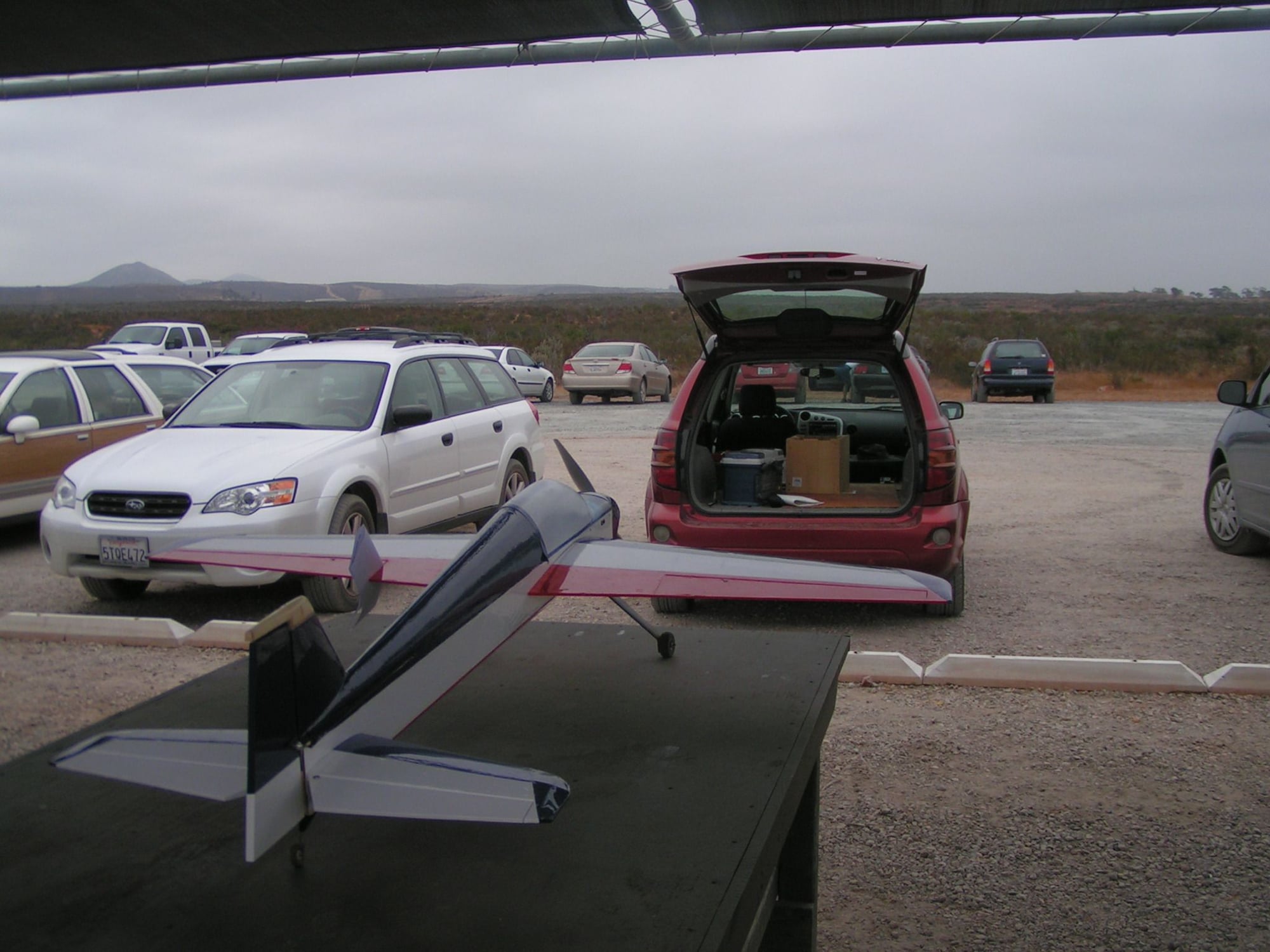
This Hydeout has been hanging in the garage, never flown, for ten years.
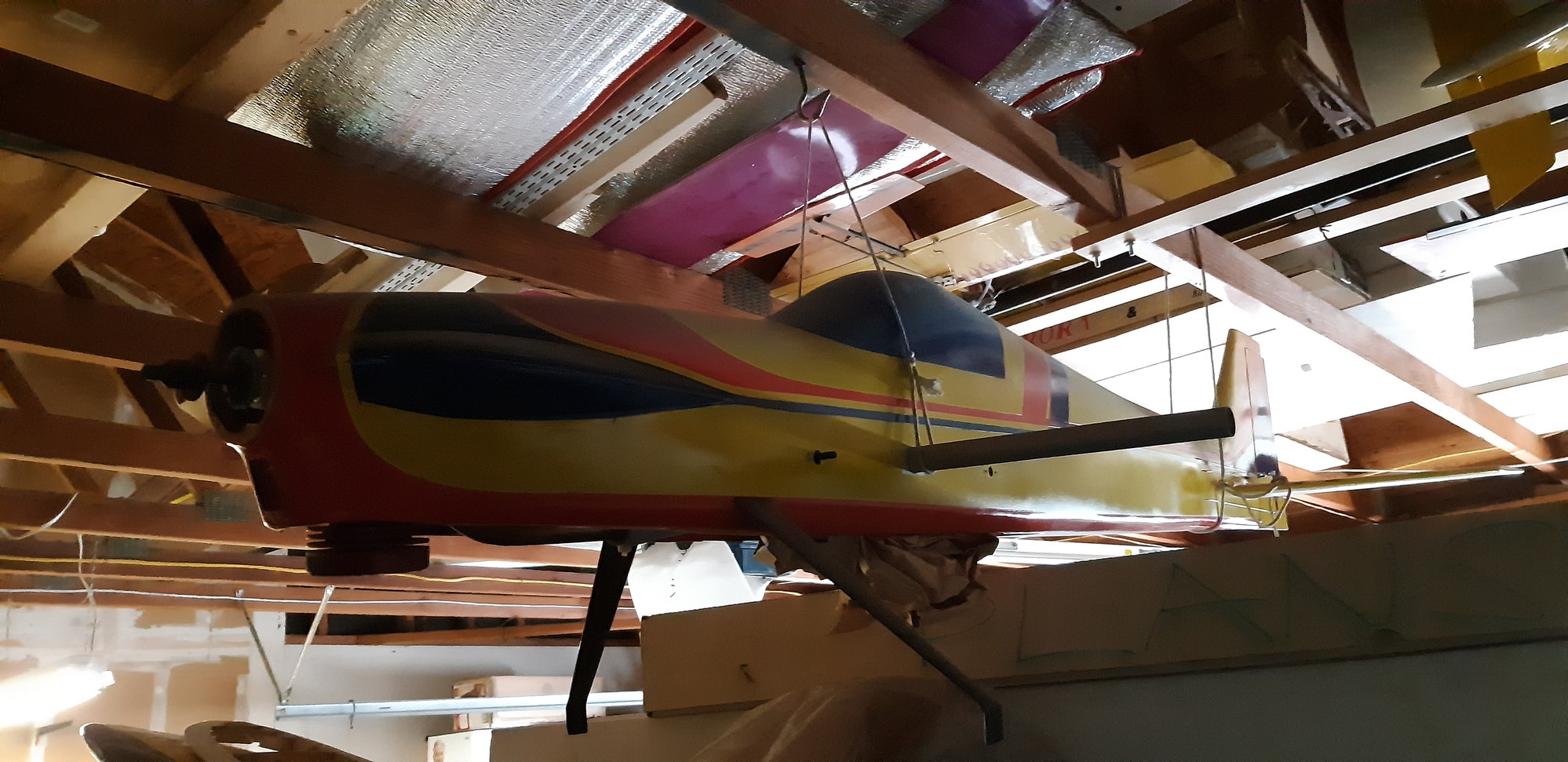
This is what I have been doing in the meantime.
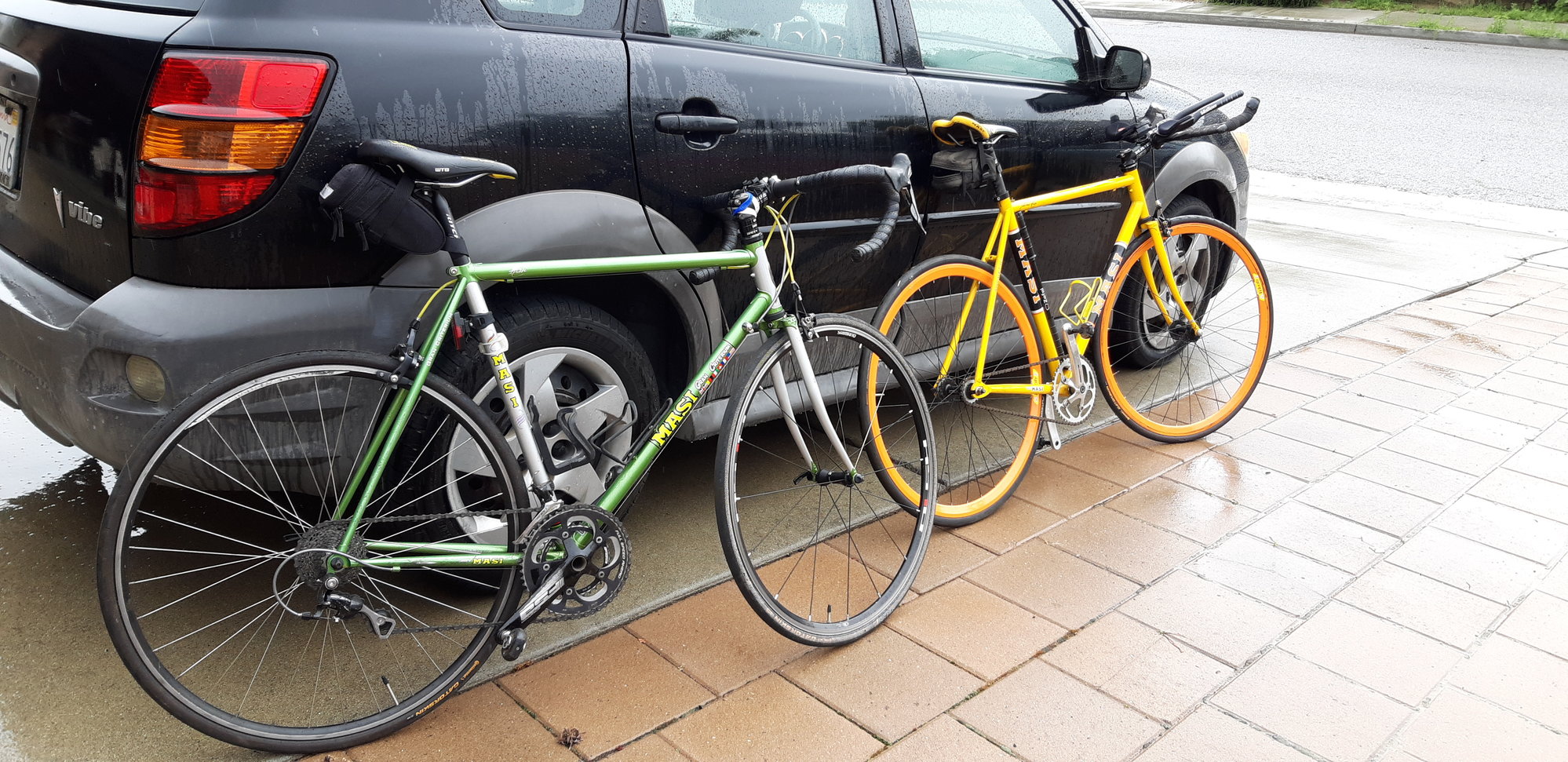
The green one has about 12k miles on it. The yellow one is an oval track racing bike I raced in 2013. The most fun I have ever had on two wheels. (no brakes!) I did put a brake on the front wheel to do an organized charity ride where they demanded I put one on it. http://www.bikethebay.net/about-the-ride/route/ since it is a single speed bike I only do flat rides on it. No hills except to climb the Coronado Bay Bridge. Coming down the bridge was scary since my legs were pumping 120 rpm)
Last edited by dreadnaut; 03-18-2020 at 10:31 AM.
#12

My Feedback: (29)
The first thing I want to say is to compliment you on your Brushfire. Very nice airplane indeed. That being said, you tend to get back what you dish out. Starting a thread with " modern pattern airplanes are ugly " IMO is just looking to get flamed. As someone who spent almost 2 years designing, fabricating molds and then building a modern pattern airplane your comment was the equivalent to " yes dear, those jeans do make you look fat ".
#13
Ok. I get it. So what are the technical reasons for the look of the modern 2m planes. Of course electric power has made a huge difference. I was very surprised to hear about 10 lbs airplanes. The Brushfire weighs 8 lbs with battery included. Considering the motor I used it should climb like forever.
#14

My Feedback: (29)
The increased side area helps knife edge flight which includes rolling elements combined with looping elements. The current masters sequence has a figure 8 with full rolls on the top of each loop. That side area really helps maintain the proper arc of the loop while rolling. The smallish looking wings keeps inertia low during rolling maneuvers that will contribute to more accurate point and snap rolls, also helps keep weight in check. The long fixed gear is needed for the larger props we run on electrics. The small wings just behind the canopy ( Canalizer ) of which some designs use dual Canalizers are used to smooth out the airflow ( propwash ) prior to it reaching the tail. This really cuts down on the effects of spiral slipstream and P factor. The result is increased rudder authority. Going with a biplane like I did does the same thing.
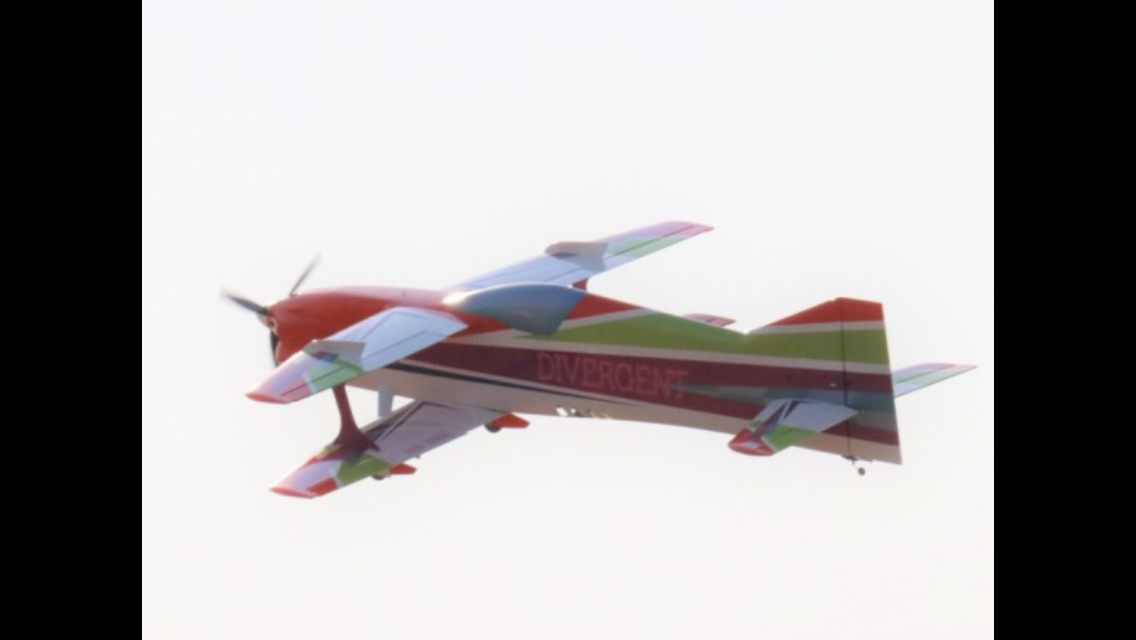

The following users liked this post:
JoeVen (12-02-2021)
#15

Ehhhhhhhhh....
Apparently the aerodynamic features do what they're supposed to do, but in terms of appearance, as far as flying things go, maybe it's not quite as ugly as the colloquial stuff that hits the fan. .....maybe.
.....maybe.
Apparently the aerodynamic features do what they're supposed to do, but in terms of appearance, as far as flying things go, maybe it's not quite as ugly as the colloquial stuff that hits the fan.
 .....maybe.
.....maybe.
#17
Sort of what has happened with the new crop of fighters like the F22 and F35. Extremely capable but not always pleasing to the eye. I do appreciate the explanations. Thank you.
#18


Now that I think about it, I seem to recall some full scale aircraft that Dick Rutan designed... absolutely made me cringe!!! LOL
It isn't only scale aircraft that appeal to me as I've always had a fondness for a Taurus, Kwik Fly III and numerous others. In fact my appreciation for scale came only after I became involved with full scale aviation and finally saw what a real airplane looked like up close.
There's no denying that I like shiny things, but at the same time a have a huge appreciation for tugboats. They aren't typically slick or shiny and rather far from being pretty, but I absolutely love those things!

Last edited by airsteve172; 05-11-2020 at 06:23 PM.
#19

Not only ugly... but designers are also blindly copying designs.. without even understanding the advantage or disadvantage of that design.. very few designers are designing models from scratch.
The following users liked this post:
DagTheElder (06-19-2020)
#20
Thinking that the current pattern planes are butt ugly has nothing to do with being serious about getting back into it. He may have been looking for a place to gripe but so what? This is a forum - gripes are welcome here too, aren't they? Or are you going to limit free speech to just what you want to hear?
#21

My Feedback: (29)
Thinking that the current pattern planes are butt ugly has nothing to do with being serious about getting back into it. He may have been looking for a place to gripe but so what? This is a forum - gripes are welcome here too, aren't they? Or are you going to limit free speech to just what you want to hear?
Must be quiet over in the AMA forum.
#22
I think some of the current pattern planess are ugly, too. I don't mind large fuselages. I suppose the bulbous noses that are often seen give an advantage. There's some biplane designs that look very good to me.
At least in some areas, people have been doing Classic Stunt, or something like that, with older designs and presumably older programs.
https://www.rcuniverse.com/forum/cla...rn-flying-379/
At least in some areas, people have been doing Classic Stunt, or something like that, with older designs and presumably older programs.
https://www.rcuniverse.com/forum/cla...rn-flying-379/
#23

My Feedback: (29)
While I see nothing wrong with the current designs I think that the color schemes have gotten a bit out of hand and are a contributing factor to how some people feel about them. My latest build ( my own design ) utilizes a much less complicated paint scheme that I feel compliments it's shape.
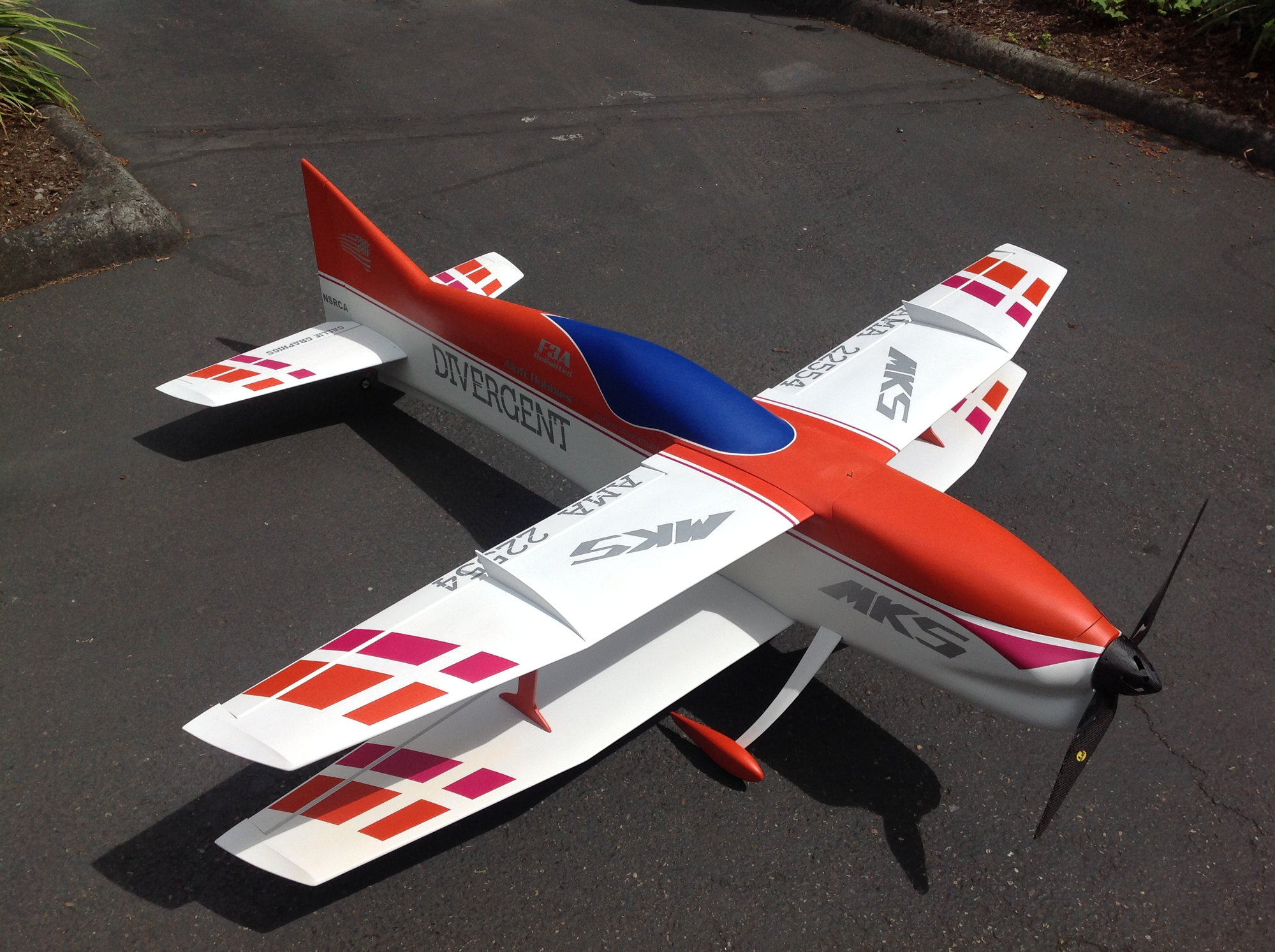

The following users liked this post:
fmejia (10-11-2020)
#24
While I see nothing wrong with the current designs I think that the color schemes have gotten a bit out of hand and are a contributing factor to how some people feel about them. My latest build ( my own design ) utilizes a much less complicated paint scheme that I feel compliments it's shape.
....
....
 Is the reason for mounting the wing directly on the fuselage aerodynamic or structural? Is it "conventional construction or molded?
Is the reason for mounting the wing directly on the fuselage aerodynamic or structural? Is it "conventional construction or molded?
#25

My Feedback: (29)
That's what I mean by good looking biplanes. The fuselage LOOKS right. The position of the upper wing seems strange to my eyes which are not quite as young as they used to be  Is the reason for mounting the wing directly on the fuselage aerodynamic or structural? Is it "conventional construction or molded?
Is the reason for mounting the wing directly on the fuselage aerodynamic or structural? Is it "conventional construction or molded?
 Is the reason for mounting the wing directly on the fuselage aerodynamic or structural? Is it "conventional construction or molded?
Is the reason for mounting the wing directly on the fuselage aerodynamic or structural? Is it "conventional construction or molded?Keep in mind that any aircraft design is a conglomerate of theory and compromises. We go with what works well in theory and if the airplane flies well we attribute that to a successful theory. The fuselage needs enough side area to perform knife edge well. My theory is that if you need to fly the fuselage more then 5 degrees positive AOA then you start getting non linear control cross coupling. This means that with rudder you also get roll and pitch. Reducing the rudder amount you need to fly knife edge loops keeps that couple to a minimum. With older designs you would need a ton of rudder throw. The problem with that is even with TX mixing you will never quite match your mix to the couple unless you have a TX with multi point mixing. This is why you see taller and taller fuselages. It's also why you see some monoplane designs with the small wings behind the canopy.
The position of the upper wing on my design was pretty well thought out. There are structural and aerodynamic reasons behind it. Traditional Cabane struts would have added complexity and a reduction in strength. The wings depend on one another to stay intact. The more important reason is the separation between the two. Farther apart would increase lift efficiency due to the lower wing getting less downwash from the top wing however having the drag of the top wing farther above the thrust line creates a whole new set of issues. Trim change with speed change in both horizontal and knife edge flight being the bigger of the bunch. So the upper wing gets what we call " shoulder mounted ". The canopy position is fairly important too. You want to have side area balanced fore and aft of the CG. This helps keep the airplane from weathervaneing too much in a cross wind. A well proportioned airplane just requires you bank the wings slightly into the crosswind to hold a line.
As of now the fuselage on my design is fiberglass/balsa sandwich composite. The wings and stabs are traditional balsa sheeted foam. I am toying with the idea of full composite.




